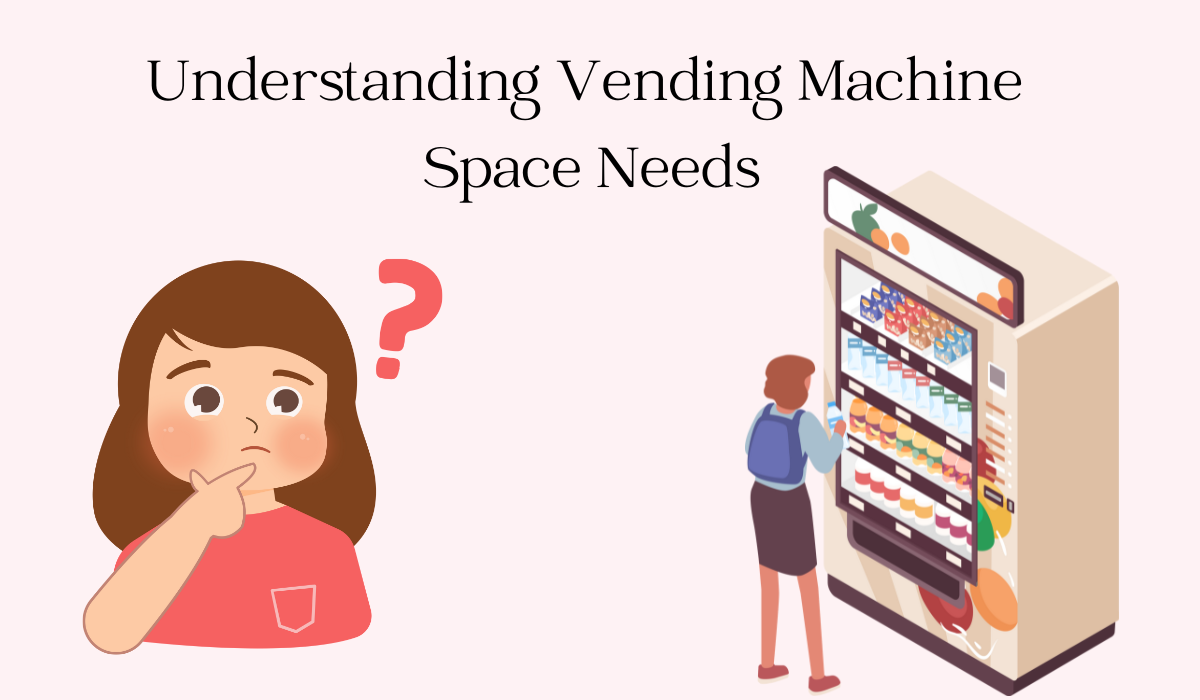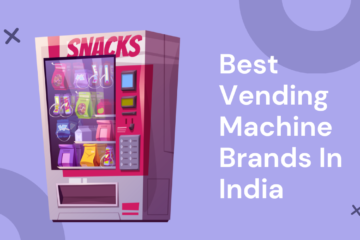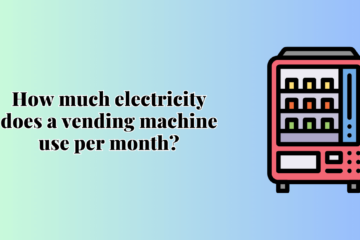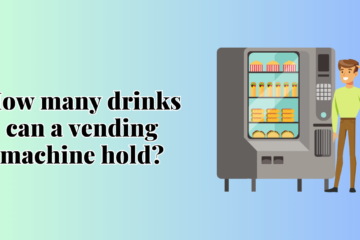Proper space planning for vending machines is crucial for ensuring their accessibility, functionality, and customer convenience. In this guide, we will explore the essential dimensions and clearances required for different types of vending machines, factors influencing space requirements, and tips for optimizing vending machine placement. By understanding vending machine space needs, you can ensure that your machines are placed effectively to maximize their usage and customer satisfaction.
Key Takeaways
- Essential dimensions and clearances for different types of vending machines.
- Factors influencing space requirements.
- Tips for optimizing vending machine placement.
Types of Vending Machines and Their Space Requirements
Snack Vending Machines
Snack vending machines are typically designed to hold a variety of snack items, such as chips, candy, and granola bars. The average dimensions for a snack vending machine are:
- Width: 32-39 inches
- Depth: 30-35 inches
- Height: 72-78 inches
These machines require enough space for customers to easily access the products and for regular restocking and maintenance.
Beverage Vending Machines
Beverage vending machines dispense cold drinks, coffee, and other beverages. The typical dimensions for these machines are:
- Width: 32-40 inches
- Depth: 30-35 inches
- Height: 72-78 inches
Similar to snack machines, beverage vending machines need adequate clearance for user access and maintenance.
Combination Vending Machines
Combination vending machines offer both snacks and beverages, making them a versatile option for various locations. Their average dimensions are:
- Width: 39-45 inches
- Depth: 30-35 inches
- Height: 72-78 inches
These machines are slightly larger due to their dual-functionality and require ample space for accessibility and servicing.
Healthy Vending Machines
Healthy vending machines focus on providing fresh and nutritious options, such as salads, fruit, and yogurt. The typical dimensions for these machines are:
- Width: 32-40 inches
- Depth: 30-35 inches
- Height: 72-78 inches
These machines need sufficient space for refrigeration units and customer access.
Factors Influencing Space Requirements
Location
The location of your vending machine significantly influences its space requirements. Indoor locations, such as offices and schools, typically have different space constraints compared to outdoor locations like parks and metro stations. Ensure that the chosen location accommodates the machine’s dimensions and allows for smooth operation.
Traffic Flow
Consider the traffic flow around the vending machine. High-traffic areas require strategic placement to avoid congestion and ensure that customers can easily access the machine without causing obstructions.
Maintenance Access
Adequate space is needed around the vending machine for regular restocking and maintenance. Ensure there is enough room for technicians to perform necessary repairs and for staff to restock the machine without difficulty.
Electrical and Utility Connections
Vending machines need to be placed near power sources and, in some cases, water connections (for coffee or fresh food machines). Plan the placement accordingly to avoid long extension cords and ensure safety.
Essential Clearances and Accessibility
Front Clearance
Provide sufficient space in front of the vending machine for customers to stand and make their selections comfortably. A clearance of at least 3 feet is recommended.
Side and Rear Clearance
Ensure there is adequate clearance on the sides and rear of the machine for ventilation and maintenance access. Typically, a clearance of 4-6 inches on the sides and 2-4 inches at the rear is sufficient.
Tips for Optimizing Vending Machine Placement
High-Traffic Areas
Identify high-traffic areas where the vending machine will be most visible and accessible to potential users. Locations such as lobbies, break rooms, and near entrances/exits are ideal for maximizing usage.
Visibility and Accessibility
Place the vending machine in a visible and easily accessible location to attract customers. Ensure that it is well-lit and free from obstructions that could hinder access.
Security Considerations
To prevent vandalism and theft, place vending machines in secure, well-lit areas with good visibility. Consider installing surveillance cameras if the machine is located in a less secure area.
Space Efficiency
If you have multiple vending machines, arrange them in a way that maximizes space efficiency without compromising accessibility. For instance, placing machines back-to-back or in a row along a wall can save space and create a convenient vending area.
Case Studies and Examples
Successful Space Planning Examples
- Office Building: A combination vending machine placed in the lobby of an office building with ample front clearance and easy access for employees and visitors.
- Gym: A healthy vending machine located near the entrance of a gym, offering fresh snacks and beverages to health-conscious members.
- School: Snack and beverage machines strategically placed in the cafeteria area, providing quick and convenient access for students during breaks.
Common Mistakes to Avoid
- Poor Placement: Placing a vending machine in a low-traffic area or where it’s difficult to see and access can lead to underutilization.
- Inadequate Clearance: Failing to provide sufficient space around the machine can result in maintenance issues and reduced customer satisfaction.
- Ignoring Security: Placing a vending machine in a poorly lit or insecure area increases the risk of vandalism and theft.
Conclusion
Understanding vending machine space needs is essential for optimal placement and performance. By considering dimensions, clearances, and strategic locations, you can ensure accessibility, functionality, and customer convenience. Proper space planning enhances customer satisfaction and ensures efficient maintenance and operation.




